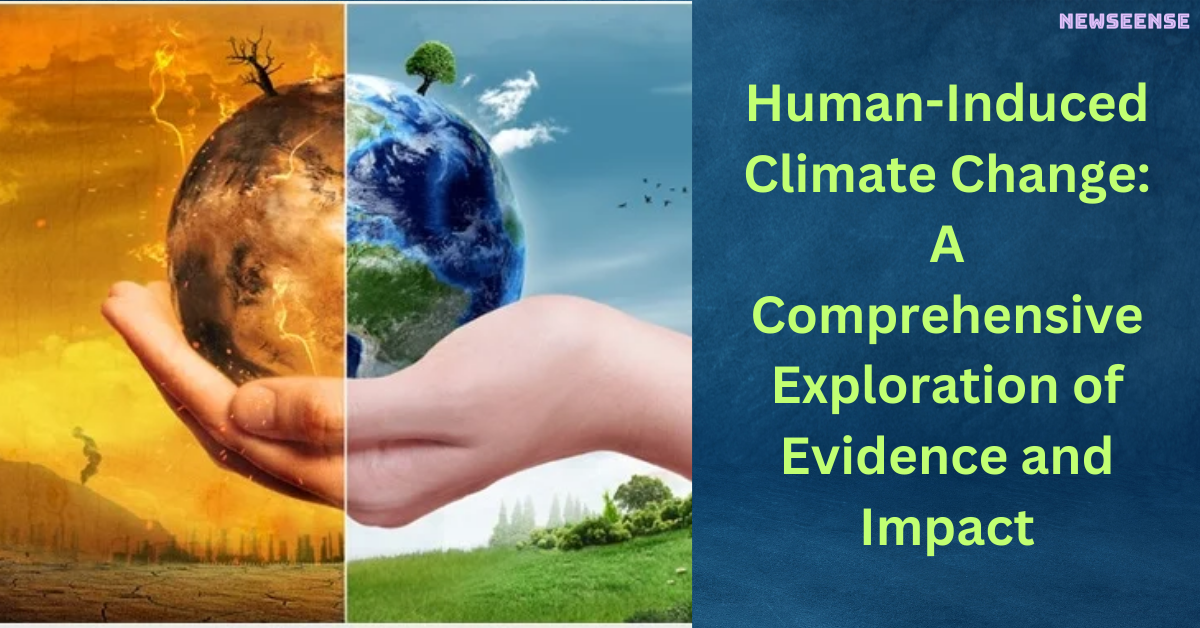
Earth’s climate, a tapestry woven through millennia, tells a tale of natural cycles – ice ages, warmer periods, and the dawn of human civilization. However, the present warming trend stands apart, driven unmistakably by human activities since the mid-1800s. This article delves into the scientific consensus on climate change, the undeniable evidence, and the profound consequences we are witnessing.
Table of Contents

The Human Fingerprint on Climate Change
The roots of the current warming trend extend to the Industrial Revolution when human activities began significantly altering the composition of Earth’s atmosphere. Carbon dioxide and other greenhouse gases produced by human actions have intensified the greenhouse effect, trapping more of the Sun’s energy in our planet’s system. This excess energy has led to widespread and rapid changes across the atmosphere, ocean, cryosphere, and biosphere.
Do scientists agree on climate change?
Advancements in technology, including Earth-orbiting satellites, have enabled scientists to comprehensively monitor our planet’s climate. The scientific consensus is resounding – the evidence for warming of the climate system is unequivocal. Data collected over years from various sources, including ice cores, tree rings, ocean sediments, and more, confirm the accelerated pace of current warming compared to historical norms.
A Planet in Flux: Indicators highlighting climate change
1. Global Temperature Is Rising
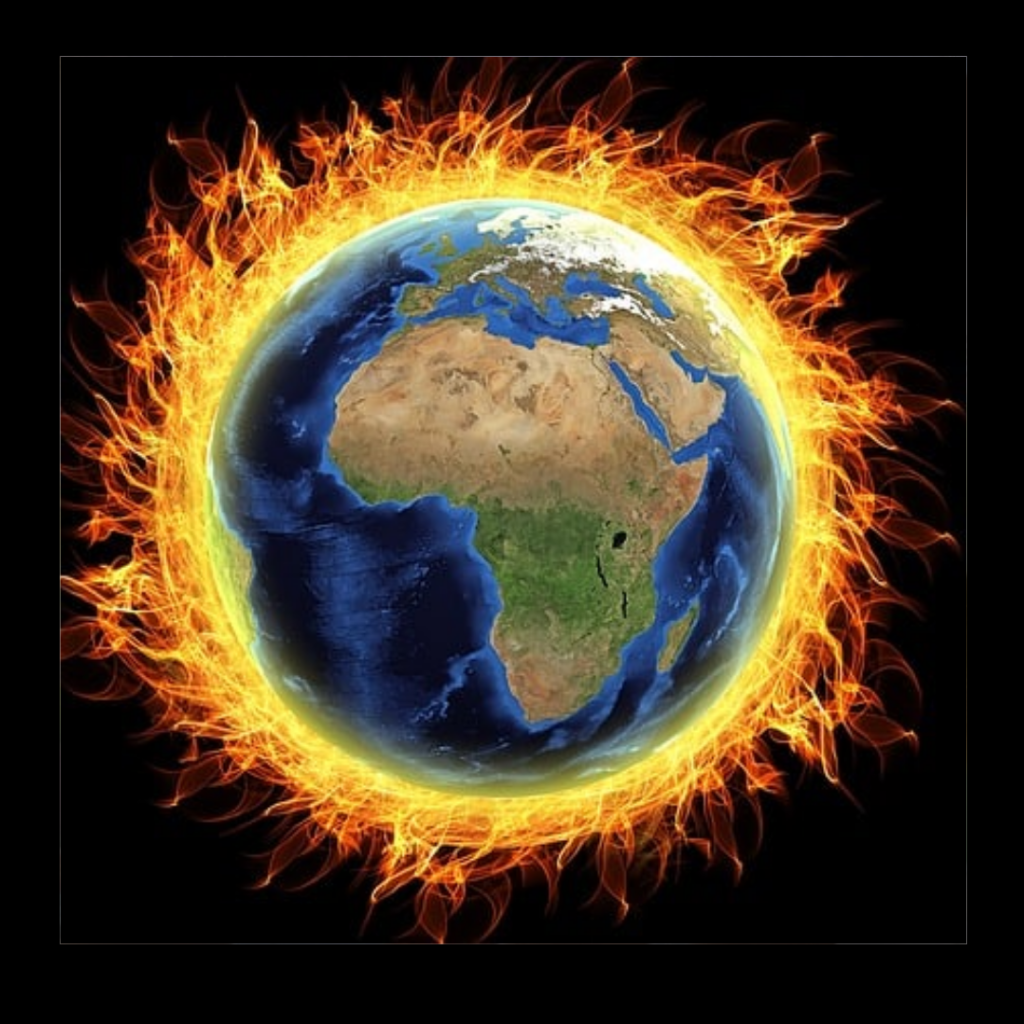
The Earth’s average surface temperature has surged approximately 2 degrees Fahrenheit (1 degree Celsius) since the late 19th century. Carbon dioxide emissions and other human activities are the primary drivers, with the last 40 years witnessing the most significant warming trends.
2. The Ocean Is Getting Warmer

Earth’s ocean has absorbed much of the increased heat, leading to a warming trend of 0.67 degrees Fahrenheit (0.33 degrees Celsius) in the top 100 meters since 1969. This vast reservoir stores 90% of the extra energy.
3. The Ice Sheets Are Shrinking
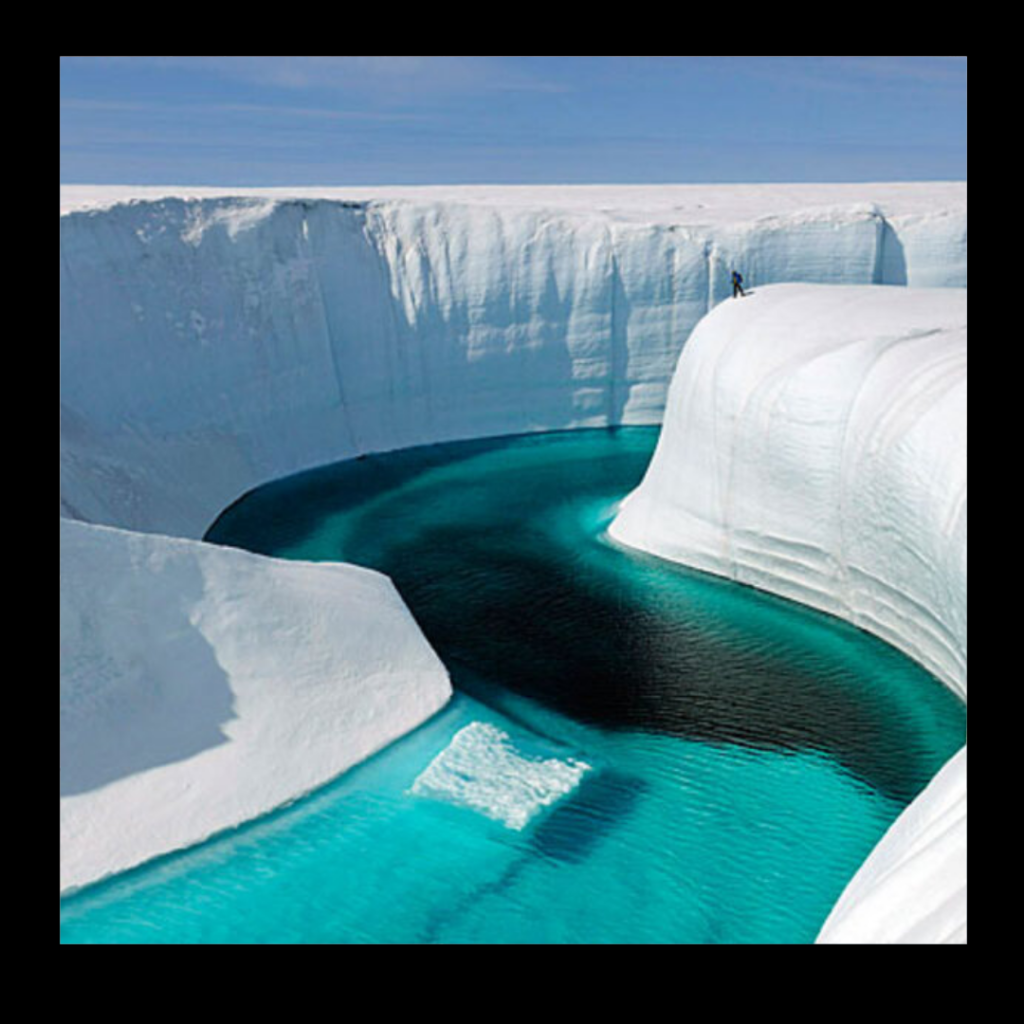
Both the Greenland and Antarctic ice sheets have experienced significant mass loss. NASA’s Gravity Recovery and Climate Experiment data reveal alarming figures, with Greenland losing an average of 279 billion tons of ice annually between 1993 and 2019.
4. Glaciers Are Retreating

Glaciers worldwide, from the Alps to Africa, are retreating. This trend signifies a substantial loss of ice mass and contributes to rising sea levels.
5. Snow Cover Is Decreasing

Satellite observations highlight a decrease in spring snow cover in the Northern Hemisphere over the past five decades, accompanied by earlier melting.
6. Sea Level Is Rising

Global sea levels rose approximately 8 inches (20 centimeters) in the last century, with an acceleration observed in the last two decades.
7. Arctic Sea Ice Is Declining
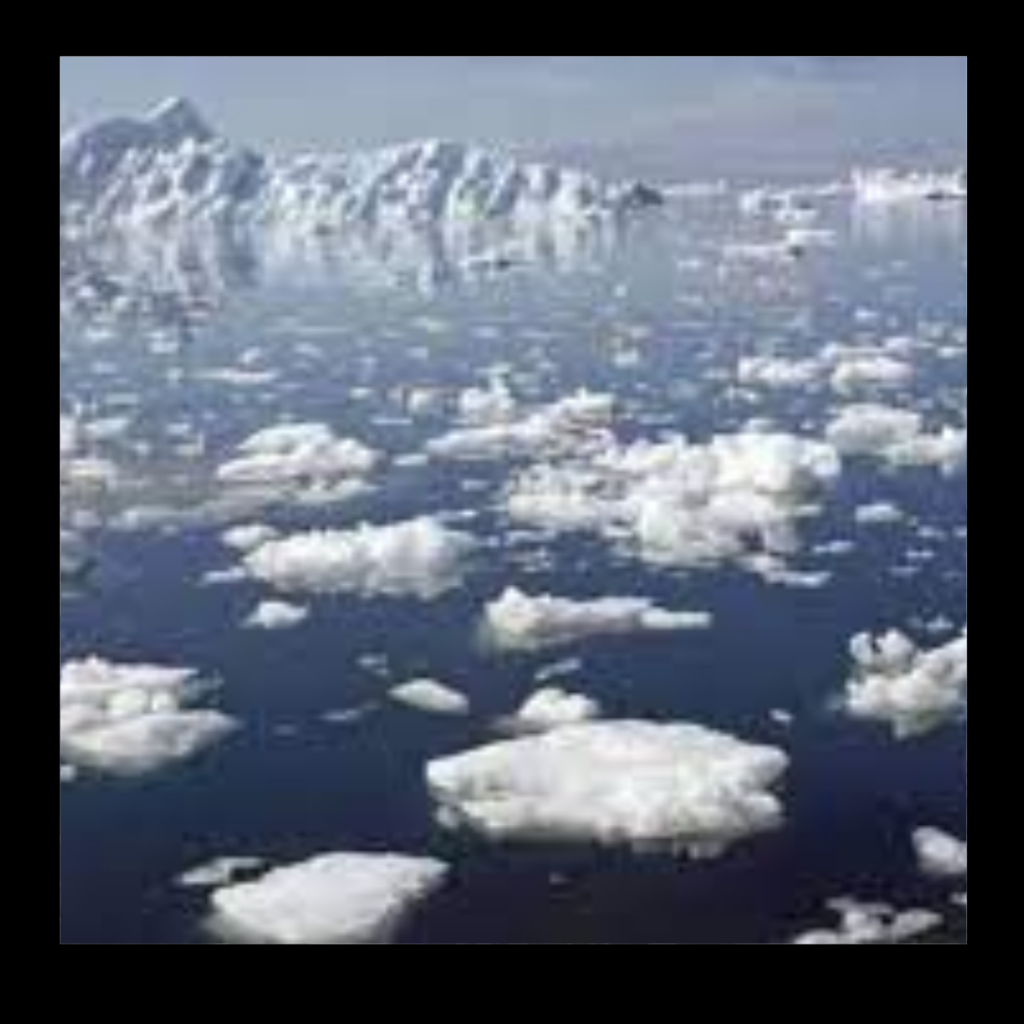
Both the extent and thickness of Arctic sea ice have rapidly declined in recent decades, as evidenced by the 2012 Arctic sea ice minimum, the lowest on record.
8. Extreme Events Are Increasing in Frequency

The United States witnesses a rise in record high temperature events and a decrease in record low temperature events since 1950, accompanied by an increase in intense rainfall events.
9. Ocean Acidification Is Increasing
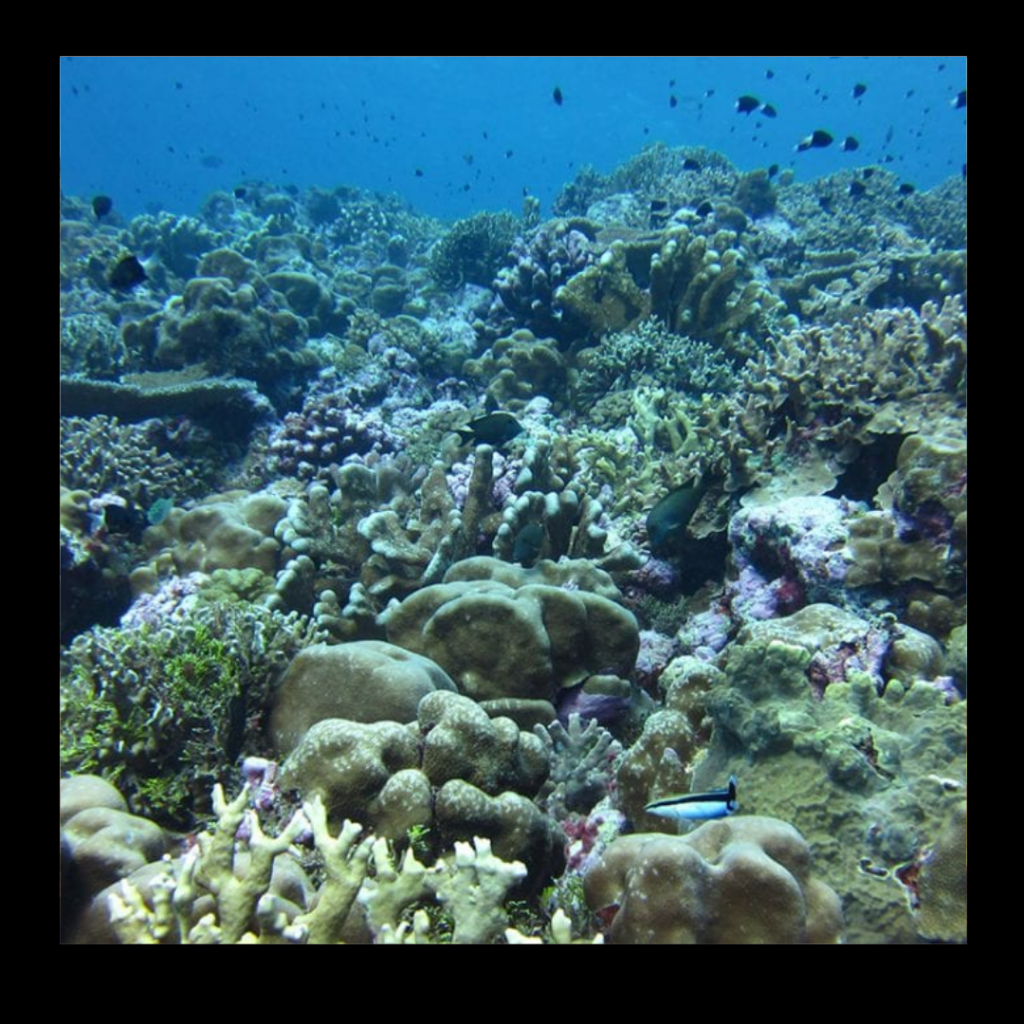
Since the Industrial Revolution, surface ocean waters have become approximately 30% more acidic due to increased carbon dioxide emissions.
As we navigate these uncharted territories, understanding the undeniable evidence of human-induced climate change is imperative. It is a call to action, urging collective efforts to mitigate the impact and safeguard the planet for generations to come.
Information source: Nasa
Also read: https://newseense.com/unveiling-the-lunar-landscape-exploring-the-unique-weather-on-the-moon/
- BJP President JP Nadda Issues Notice to Dilip Ghosh Over Controversial Remarks on Mamata Banerjee
- Ram Charan and Kiara Advani’s ‘Jaragandi’ Song from Game Changer Released
- Pre-Match Banter: Rohit Sharma’s Flying Kiss Recreation Adds Spice to MI vs SRH Clash
- Swami Smaranananda Maharaj, President of Ramakrishna Math and Ramakrishna Mission, Passes Away at 95
- Stand-up Comedian Munawar Faruqui Breaks Silence on Social Media After Mumbai Police Detention






2 Comments